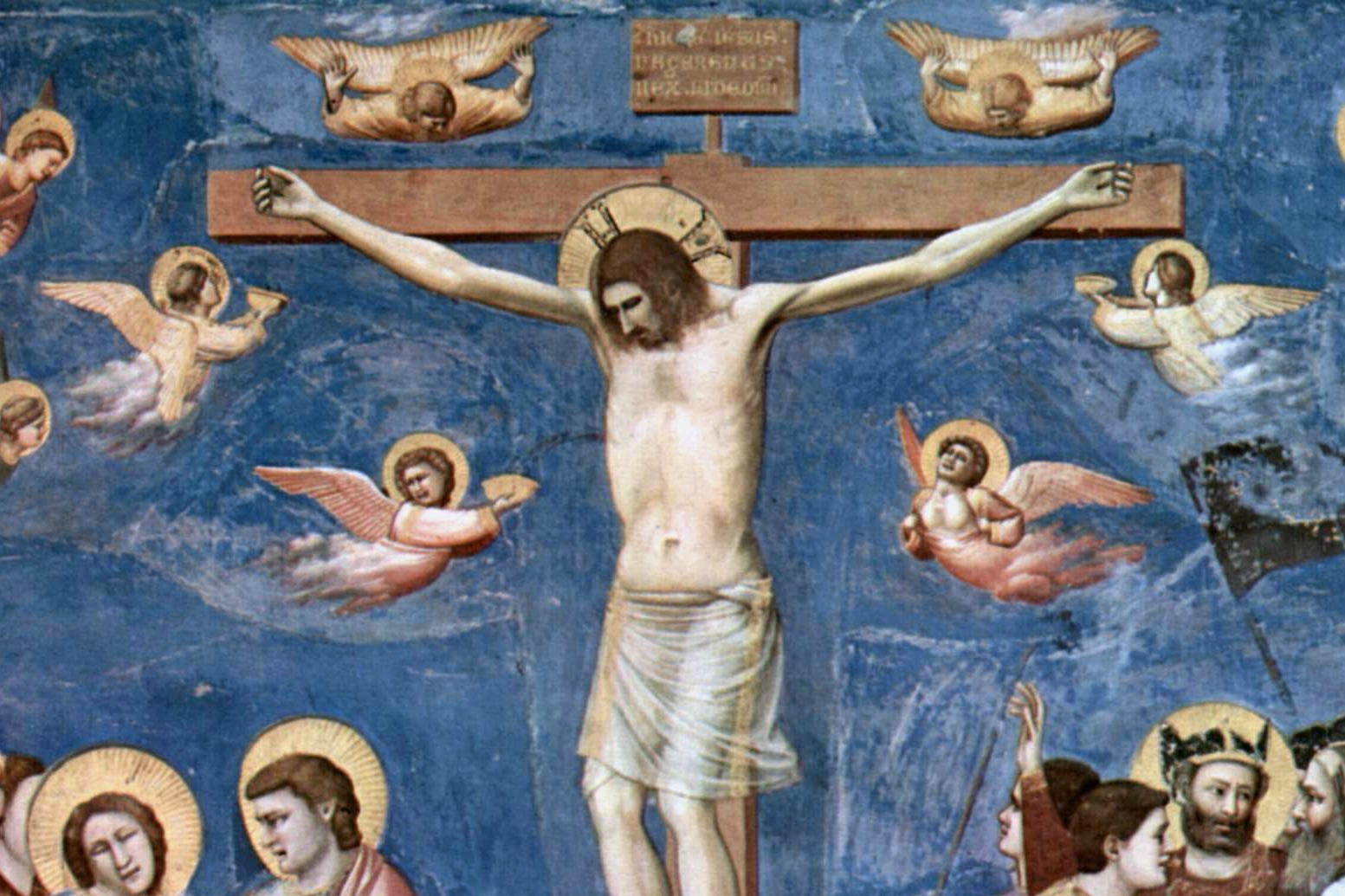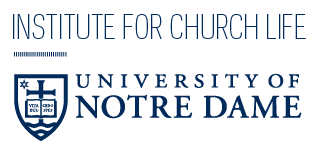On this Good Friday, as we recall the Passion and Death of Jesus, we gaze upon the Cross. On the one hand, we recoil from the Cross in horror as the instrument of torture and execution, the gibbet on which the Savior of the world hung in agony and breathed his last. On the other hand, we rejoice in the Cross as the means by which Jesus Christ accomplished our salvation and the salvation of the whole world. During the Good Friday liturgy, we proclaim the Passion narrative and mourn for Christ as we recall his agony and death, and yet, moments later, we adore and venerate the Cross, acknowledging that it is “our only hope.”
Today’s musical pieces allow us to gaze at the Cross in anguish and in awe.
The text from the first piece, Eli, Eli (1928) by Hungarian-born composer György Deak-Bárdos (1905–1991), comes from the Passion according to St. Matthew:
And about three o’clocl Jesus cried with a loud voice, “Eli, Eli, lema sabacthani?” that is, “My God, my God, why have you forsaken me?”
(Mt 27:46)
From the depths of his agony, Jesus continues to pray, offering up the first line of psalm 22 as a testament both to his utter abnegation by his people and to his profound trust in the Father. For in praying the first line, Jesus offers the psalm in its entirety, and the psalm concludes:
To him, indeed, shall all who sleep in the earth bow down;
before him shall bow all who go down to the dust,
and I shall live for him.
Posterity will serve him;
future generations will be told about the LORD,
and proclaim his deliverance to a people yet unborn,
saying that he has done it.
(Ps 22: 29–31)
In its dramatic, sweeping lines and its dark, haunting harmonies, the setting of Matthew’s text by György Deak-Bárdos holds up the anguish of the Cross. As the conclusion of the piece dies away, we are left to imagine Jesus dying on the Cross, breathing forth his last in acceptance of his Father’s will for the salvation of all.
https://www.youtube.com/watch?v=GbKunAvZPQo
The text for the second piece, Crucem tuam adoramus, Domine (1995) by Polish composer Pawel Łukaszewski (b. 1968), is the antiphon for the Adoration of the Holy Cross during the Good Friday Celebration of the Passion of the Lord.
We adore your Cross, O Lord,
and we praise and glorify your holy Resurrection,
for behold, because of the wood of a tree
joy has come to the whole world.
If Deak-Bárdos’ piece showed us the agony of the Cross, then Łukaszewski’s piece shows us its glory. In particular, the soaring octave leaps on the words “laudamus” and “glorificamus” provide a musical “sursum corda” moment. We lift up our hearts in praising and glorifying God for the gift of the Cross—the gift of our salvation, and yet the moments of fleeting harmonic dissonance remind us of the costliness of this gift: “you were ransomed from the futile ways inherited by your ancestors, not with perishable things like silver or gold, but with the precious blood of Christ, like that of a lamb without defect or blemish” (1 Pet 1:18–19).
Behold the wood of the Cross,
on which hung the salvation of the world.
Come, let us adore.
https://www.youtube.com/watch?v=7XvQF8vMDcI



